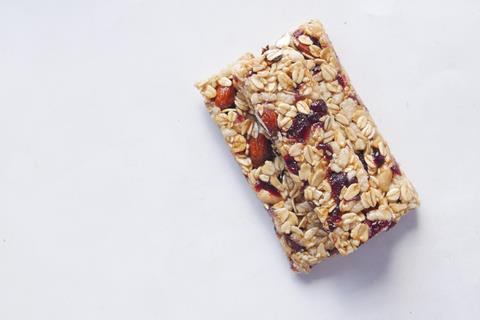
It goes without saying food should be a pleasure. It needs to be more than just fuel – it needs to be delicious and exciting. We know if food doesn’t taste good, shoppers won’t buy it. Therein lies the rub.
Our food system has evolved into leading people to crave sugary foods, meaning today we now have a sugar crisis on our hands, or more specifically an added sugar crisis. People are eating double the daily NHS recommendation when it comes to added sugar and, if existing trends continue, this could result in 5.5 million people in the UK with Type 1 or Type 2 diabetes by 2030. As an industry, we cannot be complicit in this outcome.
Like many, at Graze we wholeheartedly support the government’s move to implement HFSS regulations in October, which will govern how food and beverage brands are marketed, promoted and sold. However, we believe regulation alone can’t solve the health crisis in the UK. We need to cut down on the quantity of added sugar – the sugars added to foods during preparation or processing, rather than naturally occurring ones – that exist in everyday snacks, everything from glucose through to raw sugar.
Government and NHS guidance states we should consume no more than 90g of total sugar per day. Of that 90g, recommendations indicate we should eat no more than 30g of added sugar. However, in the UK, seven in 10 adults tell us they don’t know what the recommended daily limit (RDL) for sugar consumption is [Graze Sugar Survey], so it’s no wonder we are at a crunch point.
Whilst the HFSS regulations will see some products reformulated to reduce the quantity of saturated fat, salts and total sugars, the new restrictions mean a product that is HFSS-compliant can still be above the daily NHS recommended limit of added sugar. Today, brands aren’t required to share how much added sugar is in their products. Many UK snacks contain between 50% to 150% of a person’s sugar RDL. Consumers are simply sleepwalking their way into eating an unhealthy amount of excess added sugar.
We must do more as an industry to help consumers navigate their consumption of added sugar – and many consumers agree, with 61% believing it is the brand’s responsibility to help consumers make healthier snacking choices [Graze].
On 5 May, we will be launching the Graze #KnowAddedSugar campaign, which aims to shine a light on the added sugar crisis across the snacking industry to jolt the industry into taking action. As part of this nationwide campaign, we are hosting a #KnowAddedSugar index on the Graze website, which contains the added sugar content of the nation’s favourite snacks, helping consumers to make more informed choices.
Just to be clear: we aren’t anti-sugar. We use natural and added sugars to make our nutritious Graze snacks taste amazing. It’s a key ingredient for binding and texture – important properties when developing tasty baked goods. The problem is the quantity of added sugar that exists in everyday snacks.
We have already removed 160 tonnes of sugar – the equivalent of 60% – from our snacks since 2019, but we’re not finished yet. We work hard every day to trial, test and munch on new ingredients to keep making our snacks better and better.
We have two clear asks for us all as industry in addressing this crisis. Firstly, we’re calling on brands to look at ways we can all reduce the amount of added sugar in a single product to no more than 20% of the RDL. Secondly, as an industry we need to be more transparent with people about the amount of added sugar the product contains. Only by working together can we make a real change and build trust in our industry and with consumers.









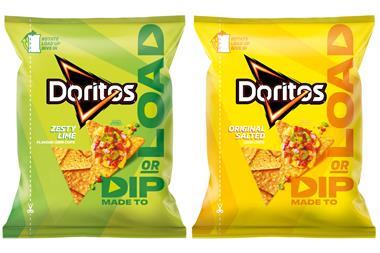
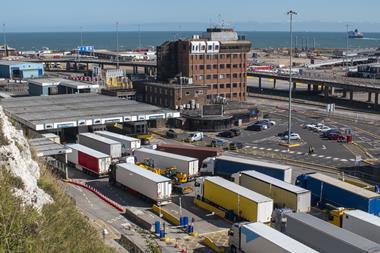

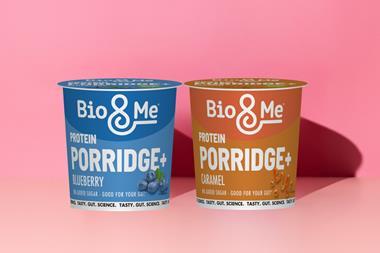





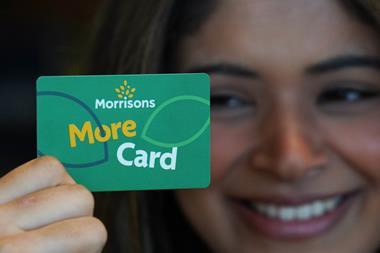
No comments yet